Exploring the woodwind instruments list can expand your musical prowess and knowledge if you are an aspiring performer in the orchestra or a stellar bandleader.
For instance, did you know a recorder is a woodwind? Read on to discover the interesting musical instruments in the woodwind family, how to play them, and the value they add to an orchestra and ensembles.
What Is a Woodwind Instrument?
Before delving into the woodwind instruments list, let’s first lay the foundation on what woodwind instruments mean. So, what is a woodwind instrument?
Put simply, a woodwind instrument is a type of musical instrument belonging to the family of wind instruments. Wind instruments are identified as such thanks to their ability to produce sound primarily from air vibration. Musicians also refer wind instruments as aerophones.
These musical instruments can come with conical bore or cylindrical tubes, mostly terminating as a flared bell. When a player blows into a woodwind instrument, the air vibrates in different ways, giving rise to single-reed woodwind instruments and double-reed woodwind instruments.
Fun Fact: Reed is simply a thin blade or piece of wood or cane that vibrates when a player blows across it to produce sound.
In a single-reed instrument, the player essentially blows air across a single piece of cane that in turn vibrates against the instrument’s mouthpiece to produce sound. On the other hand, a double-reed instrument produces sound by the action of two reeds vibrating against one another.
So, what’s the difference between woodwind and brass instruments?
With woodwind instruments, the player blows air directly into the instrument and uses valves or keys to vary the airflow and control the sound. On the contrary, brass instruments produce sound through both air flow into the instrument and the player’s lip vibration.
Fun Fact: Baritone saxophones are not brass. They are technically a woodwind because it uses a single reed and has a ligature. Similarly, trombone and tuba are not woodwinds; they’re brass because they rely on lip vibration and are made of brass.
What Instruments Are in the Woodwind Family?
The types of instruments in the woodwind family were initially entirely made of wood. Today, they come in different materials, including plastic, metal, or a combination of both.
Some of the different types of woodwind instruments in a woodwind instruments list include the bassoon, flute, and saxophone.
Bassoon
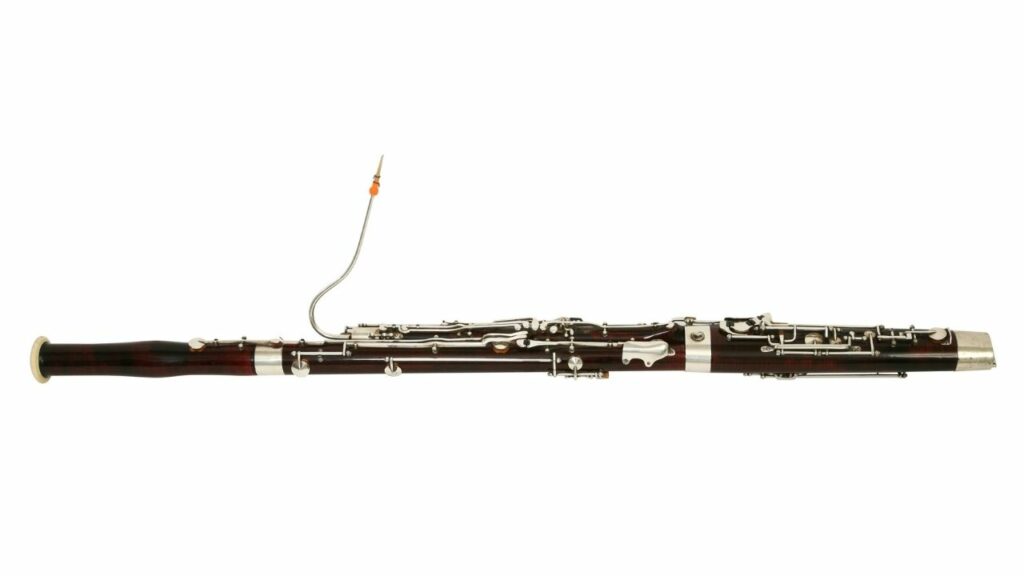
Kick-starting the woodwind instruments list is the bassoon. Think of it as a long wooden pipe folded into two and containing many keys. Its distinctive shape is not for aesthetics; it is more of a functional feature to minimize its entire length and help the player handle it easily.
The bassoon relies on a double reed attached to a curved mouthpiece made from metal to produce its distinct low-range sound or lower notes. You can play this woodwind by positioning it upright and blowing air into the double reed. While at it, you must use both hands to press the keys to control the pitch.
Fun fact: The bassoon dates back to as early as the 16th century, thanks to its predecessors: the rankett, the shawm, and the dulcian.
Contrabassoon
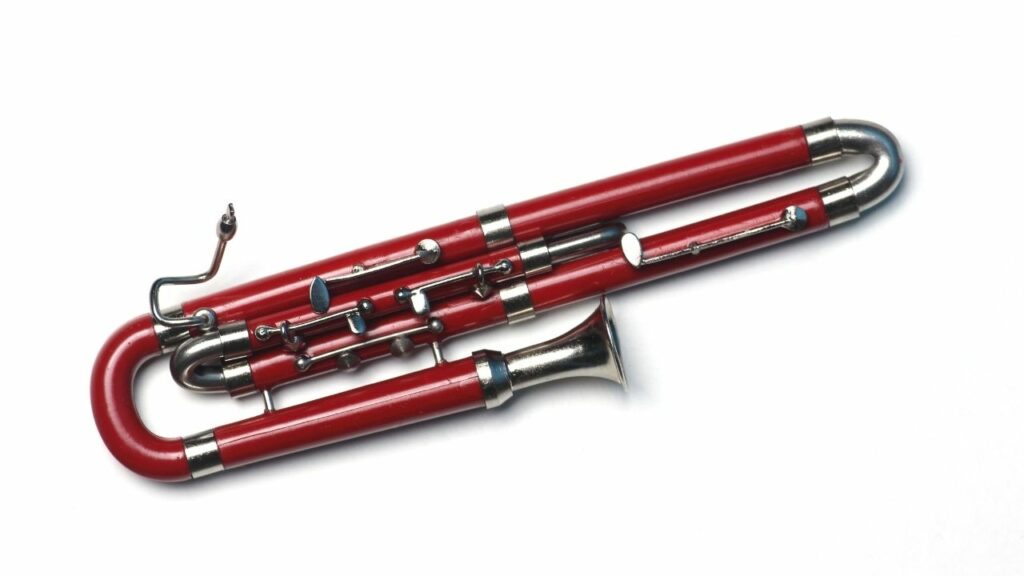
The contrabassoon is a close cousin of the bassoon – it’s like a more extended version but with a wider pipe. It closely resembles the bassoon that some people call it the double bassoon.
The contrabassoon dates many centuries back and was not ushered into the orchestra until later in the 18th century. Being rather lengthy, producing sound from a contrabassoon takes a lot of breath. For that reason, it typically plays the lowest notes in an orchestra.
Flutes
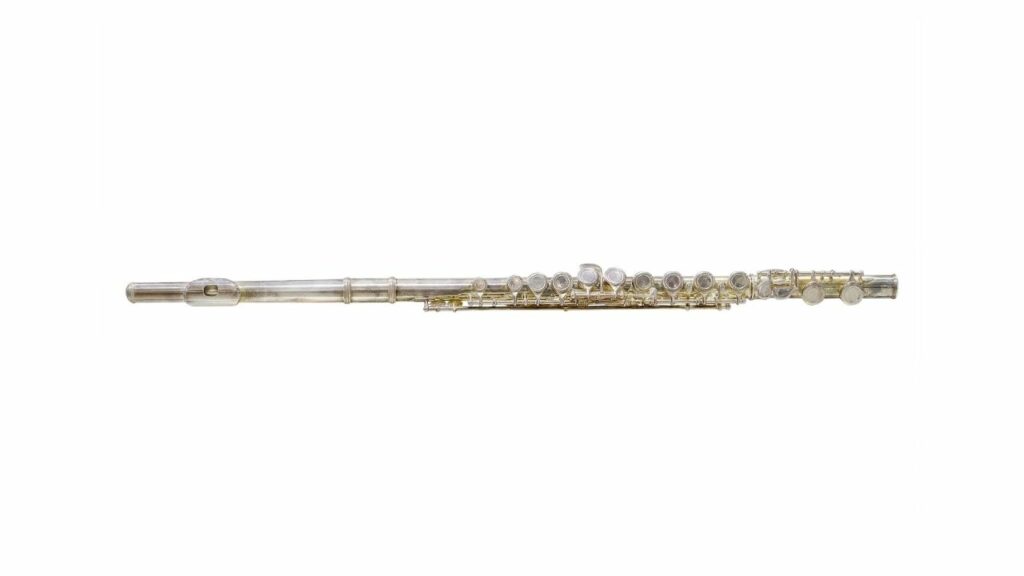
Flutes are among the oldest musical instruments, with roots pointing back to the Paleolithic period. The flutes of this age were initially made out of animal bones but later transitioned into an enhanced version in the 16th century.
Part of the refinement journey involved migrating from wooden, clay, stone, and plant-inspired flutes to the modern silver, platinum, and gold flutes. Coming in a standard size of about 2 feet, playing the flute is easier than some of its giant counterparts.
All you have to do is hold it sideways using both hands and blow across the mouthpiece hole. While at it, you also use your fingers to operate the keys and get your pitch right.
Recorder
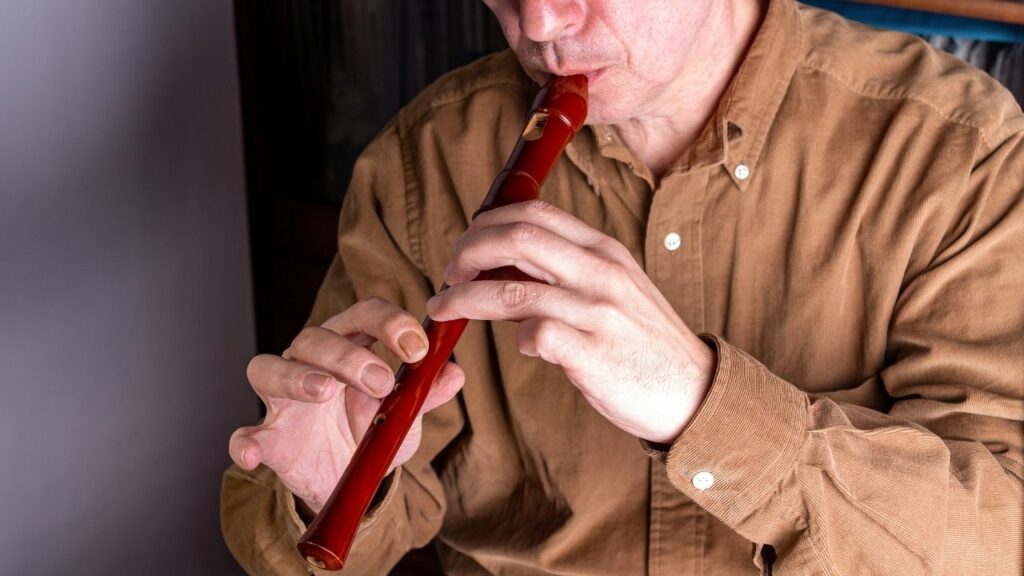
A recorder is an ancient musical instrument belonging to the flute family. It features a fipple or whistle mouthpiece, seven fingerholes on the front, and a thumbhole on the back. Initially, the recorder was made from wood and ivory and featured different sizes.
The earliest version of the recorder emerged in the 14th century and was made of plain wood. However, the modern recorder surfaced in the late 17th century thanks to the lively inspiration of the Renaissance era. It then reached its peak during the Baroque period before losing popularity again in the 18th century.
Oboe
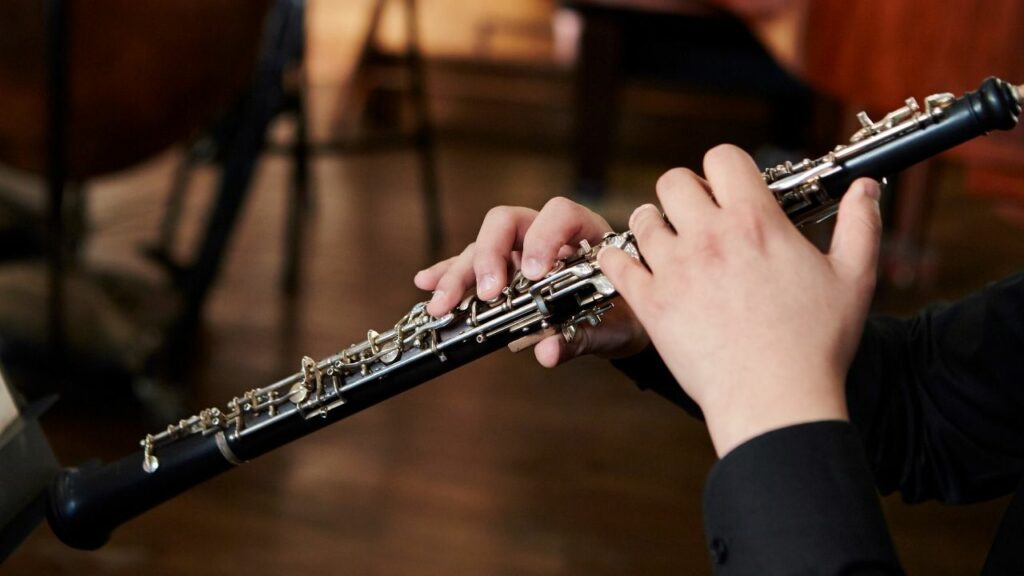
The oboe is one interesting double-reed instrument in the woodwind family. Thanks to its ancient roots, it is not only distinct but also beautiful to play.
Although some historians argue oboes date back as far as the 12th century B.C., the modern soprano oboes gained prominence during the 17th century. Earlier versions of the oboe had a conical shape crafted from wood. They also featured a flared bell and came in different lengths to produce varying pitches.
To play the oboe, you simply hold it upright and blow across the double reed while applying both hands on the keys to regulate the pitch. Thanks to their wide-ranged pitches, oboes mostly come in handy when tuning an orchestra prior to the real performance.
Piccolo
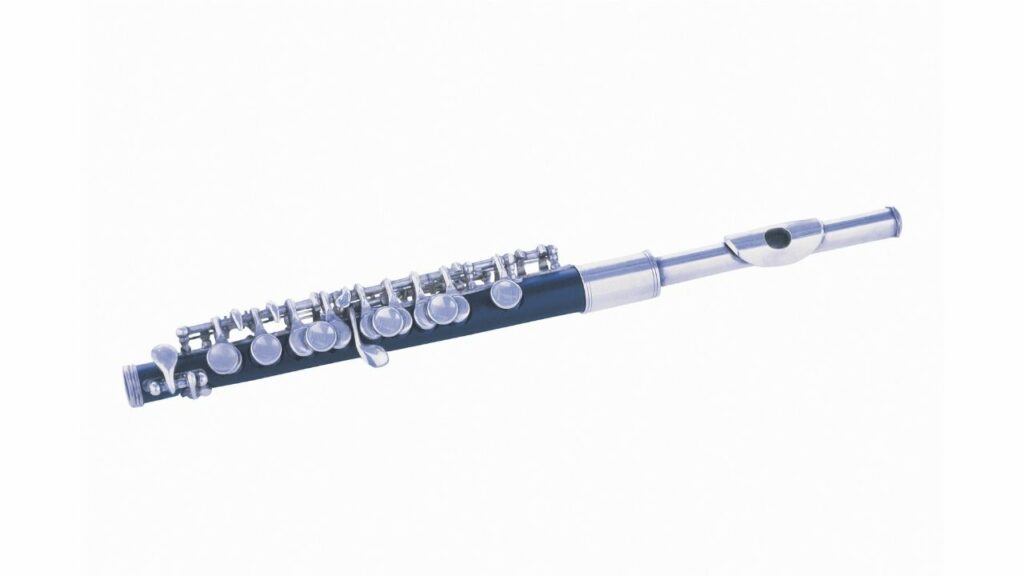
The piccolo is one of the tiniest members of the woodwind family, measuring only half the size of a typical flute. Thanks to the small size, the piccolo produces higher notes that add uniqueness to classical music.
This tiny instrument traces its origins back to military bands between the early 17th century and 18th century. It gradually evolved from the initial transverse flute that was popular in the Middle Ages. As the flute underwent improvements, the same would also be replicated on the piccolo, paving the way for faster piccolo evolution.
Initially, piccolos were made of wood and adopted a conical shape. Later on, however, piccolos would be made of metal to become an important element in the modern orchestra. Generally, to learn to play the piccolo, you should fully master playing the flute first.
Saxophone
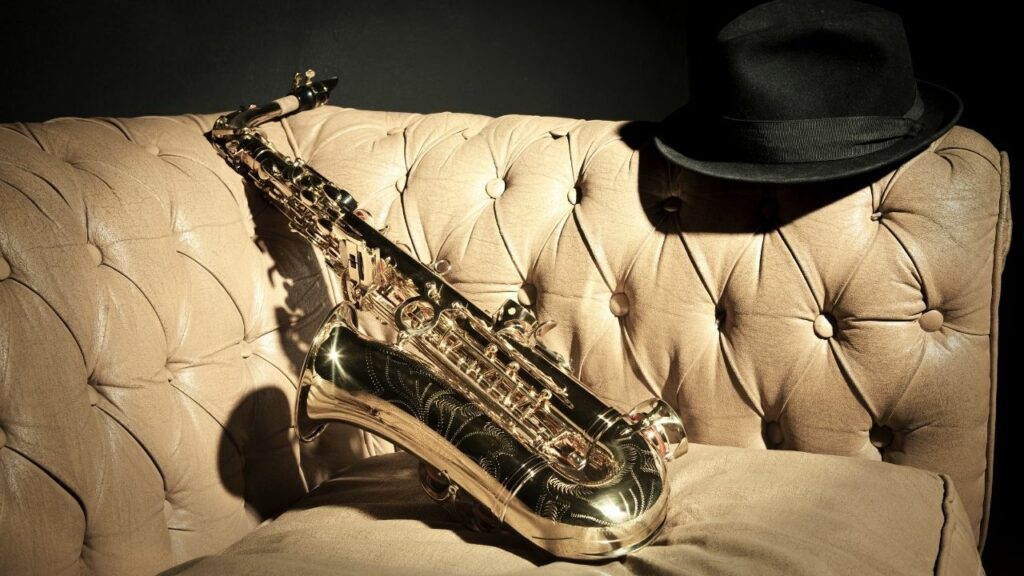
Invented by Adolphe Sax in the 1800s, the saxophone has risen in popularity to become a widely used wind instrument in modern orchestras and jazz bands.
Fun fact: The saxophone was inspired from woodwind and brass instruments. It was initially made of brass. However, based on how it produces sound, it ended up being classified as a woodwind instrument.
Typically, a saxophone comprises a neck, body, bottom elbow, and a round flared bell. To play a large saxophone, you attach a single-reed mouthpiece on its neck and start blowing into it.
However, smaller instruments come with the mouthpiece attached directly to the body. As you blow into the mouthpiece, your fingers press and release keys accordingly to attain the desired pitch.
English Horns
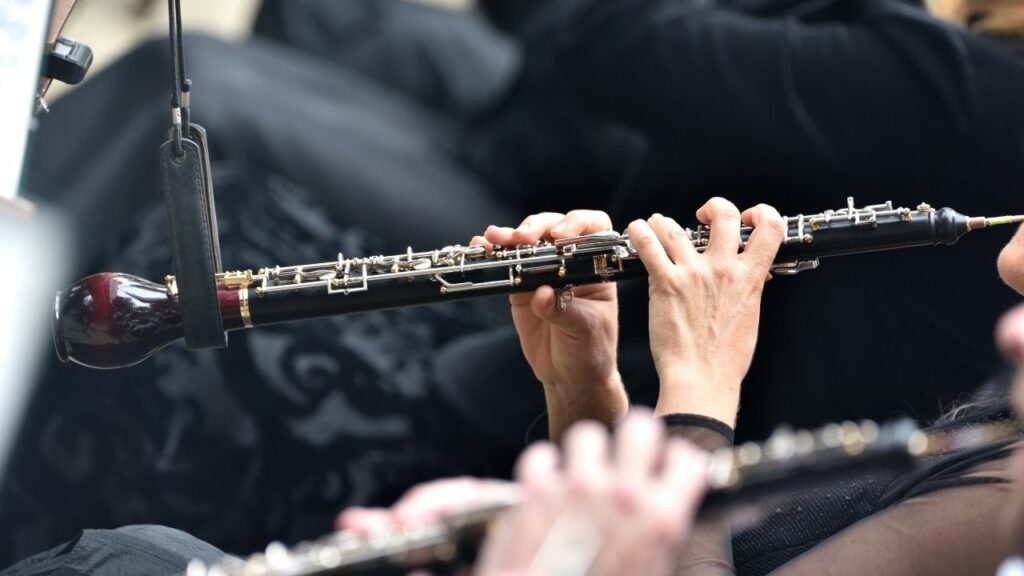
The English horn is a double-reed woodwind instrument that closely resembles the instruments in the oboe family. Nonetheless, although siblings and played in a similar manner, the English horn is longer and features a wider tube.
What’s more, the English horn terminates in a rounded bell for an overall distinct look and produces lower pitch sounds compared to its oboe counterpart. You can play the instrument either seated or standing by holding it vertically in front of yourself. Then, insert the reed into your mouth and press it between your lips.
Today’s English horn emerged in the early 1700s as an improvement to the initial version of the oboe. In 1749, it found its way into the orchestra and continued to gain prominence through Italian opera. By the mid-1800s, the English horn saw more advanced technical developments that ushered it into the modern orchestra.
Become a Woodwind Master!
Now that you know what the woodwind instruments list entails, what are you waiting for? It’s time to pick up a new instrument to master. Let us know in the comments which woodwind you’re planning to learn.
Table of Contents






